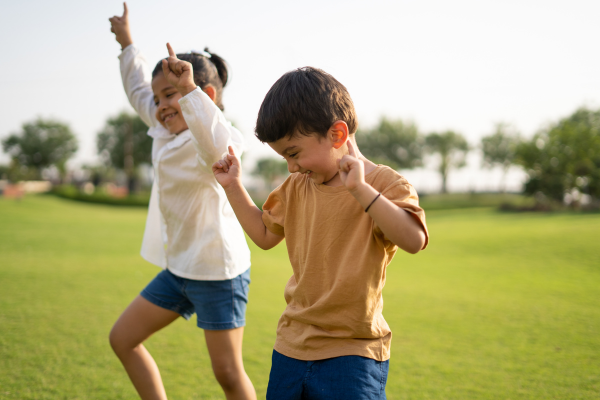Project kits

Equality explorers
This project kit shows how to deepen pupils’ understanding of gender equality through a series of engaging and collaborative activities.

Image source: Yogendra Singh from corelens
Pupils create presentations about role models, outdated job titles and the history of gender equality that are combined in a collaborative book. The activities aim to raise awareness, promote critical thinking about gender roles and encourage a more inclusive mindset among pupils.
Additional information
-
Age from:7
-
Age to:11
-
Difficulty:Intermediate
-
Target audience ISCED:Primary education (ISCED 1)
